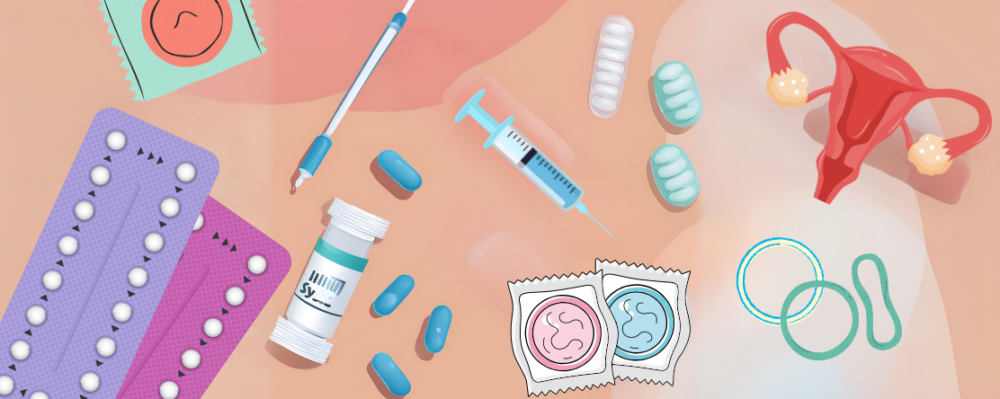
Multipurpose Prevention Technologies: Technology Landscape and Potential for Low- and Middle-Income Countries
- Bethany Young Holt, PhD, MPH
- Susanna Moore; Joseph Romano; Ariane van der Straten
-
Focus Areas
Communicable Disease Prevention, Global Health, Women, Youth & Children -
Issues
Reproductive & Sexual Health -
Programs
CAMI Health

Multipurpose Prevention Technologies (MPTs) are safe, effective, accessible, and acceptable tools that combine prevention of at least two sexual and reproductive health risks, like HIV, other STIs and unintended pregnancy. They can include gels, rings, pills, patches and more. Taken to scale, MPTs have the potential to transform and revolutionize sexual and reproductive health, access and care for women, girls and other priority populations around the world—offering people-centered services, community-tailored responses, solutions that overcome stigma, and integrated approaches that address complementary needs.
This comprehensive review—the first of its kind to focus on MPTs—takes a deep dive into the technology landscape of MPTs currently in development. Integrating end-user perspectives as well as insight from nearly 30 leading stakeholders in contraception, HIV, and STIs across the globe, the report also explores the pathway to introduction and scalability of MPTs in low- and middle-income countries, along with the current public health, regulatory and technical challenges. It was prepared by the Initiative for Multipurpose Prevention Technologies (IMPT) Secretariat for Unitaid and the Children’s Investment Fund Foundation. The IMPT is a project of PHI’s CAMI Health.
Read the report
In 2020, there were 1.5 million new HIV infections, a disproportionate burden of which was borne by vulnerable populations such as adolescent girls and young women in Sub-Saharan Africa. In addition, there were 374 million new cases of curable sexually transmitted infections (STIs) globally. And, still today, over 200 million women of reproductive age in low- and middle-income countries (L/MICs) have an unmet need for contraception.
Globally, there is a prevailing preference for MPTs over single indication products across populations and geographies, with as many as 96% of women surveyed in parts of sub-Saharan Africa indicating their preference for MPTs. Preferences for specific product attributes, such as delivery form and duration of protection, vary widely across settings and populations. It is critical to engage communities in order to advance a robust pipeline of MPTs that enable end-users to choose the method that best suits their needs.
Despite widespread support and demand, funding is limited. Strategic investments are needed in order to ensure the most promising MPT candidates are accessible, affordable and fit-for-purpose in order to reach the people who need them most. Funders, researchers, developers, communities and other partners must work together to optimize use of technical capacities, enhance collaboration, leverage additional resources, support prioritization according to needs in L/MICs, and add rigor to the development process required to advance the most promising products
“Empowering women to choose if and when they have children and enabling vulnerable populations to prevent morbidity and mortality caused by STIs and HIV is fundamental to human rights and gender equality. By improving sexual and reproductive health outcomes, MPTs also have the power to improve women’s ability to pursue and attain their educational and economic goals, contributing to the advancement of their families and communities more broadly.”
Work With Us
You change the world. We do the rest. Explore fiscal sponsorship at PHI.
Support Us
Together, we can accelerate our response to public health’s most critical issues.
Find Employment
Begin your career at the Public Health Institute.


